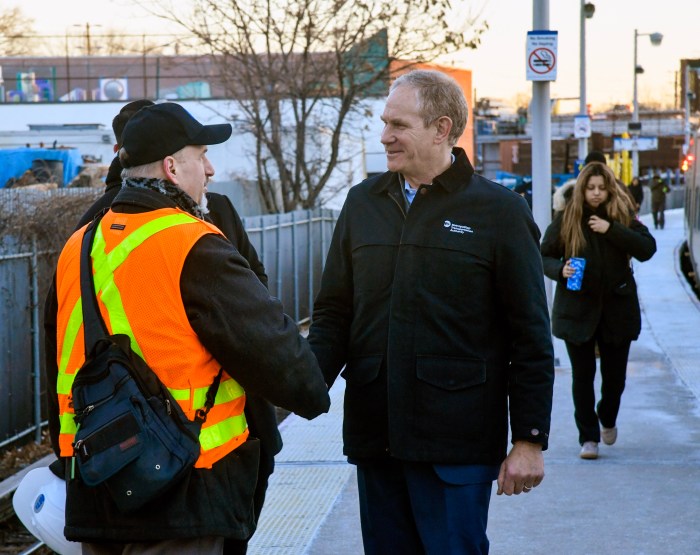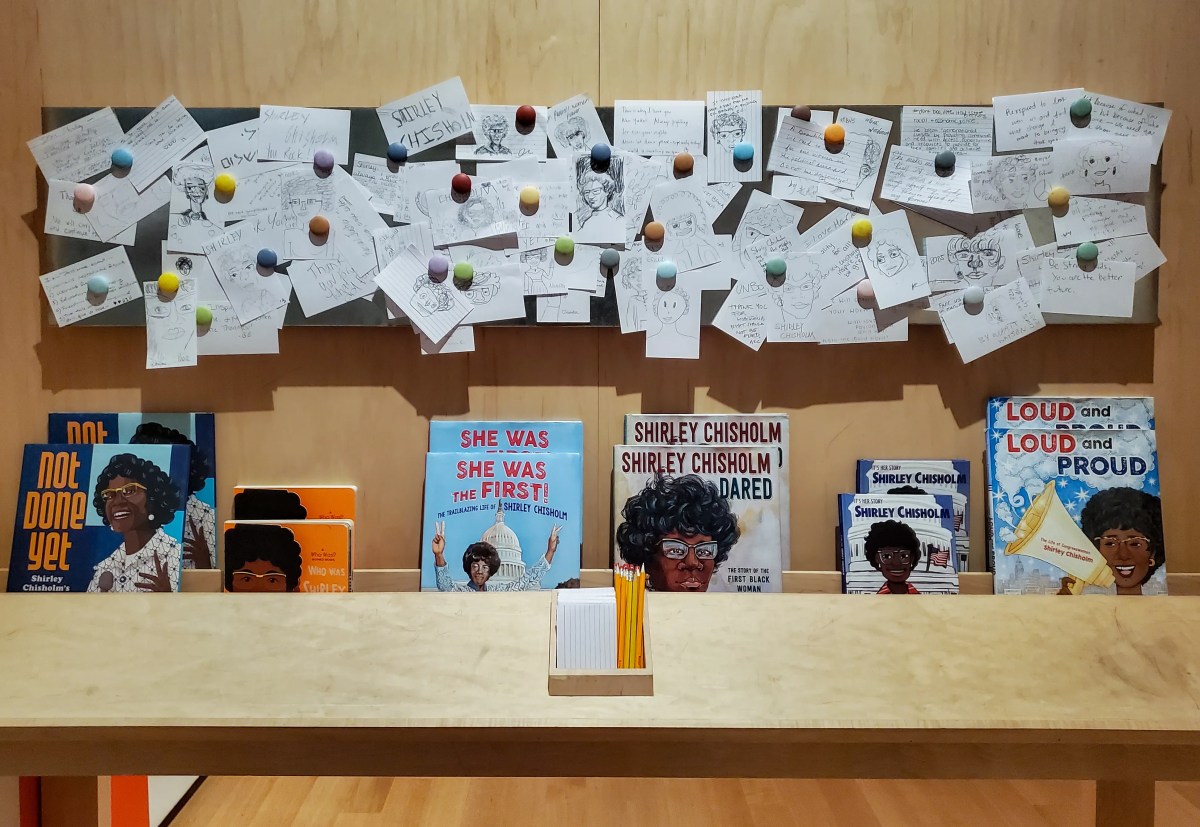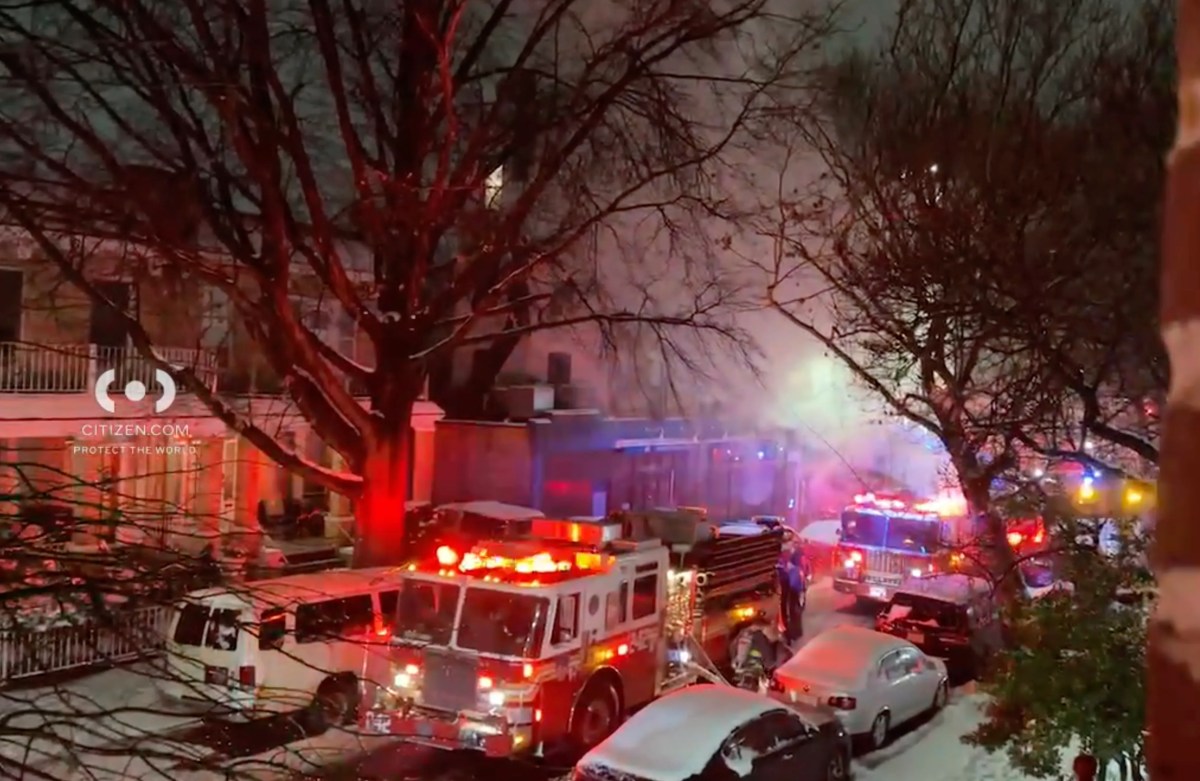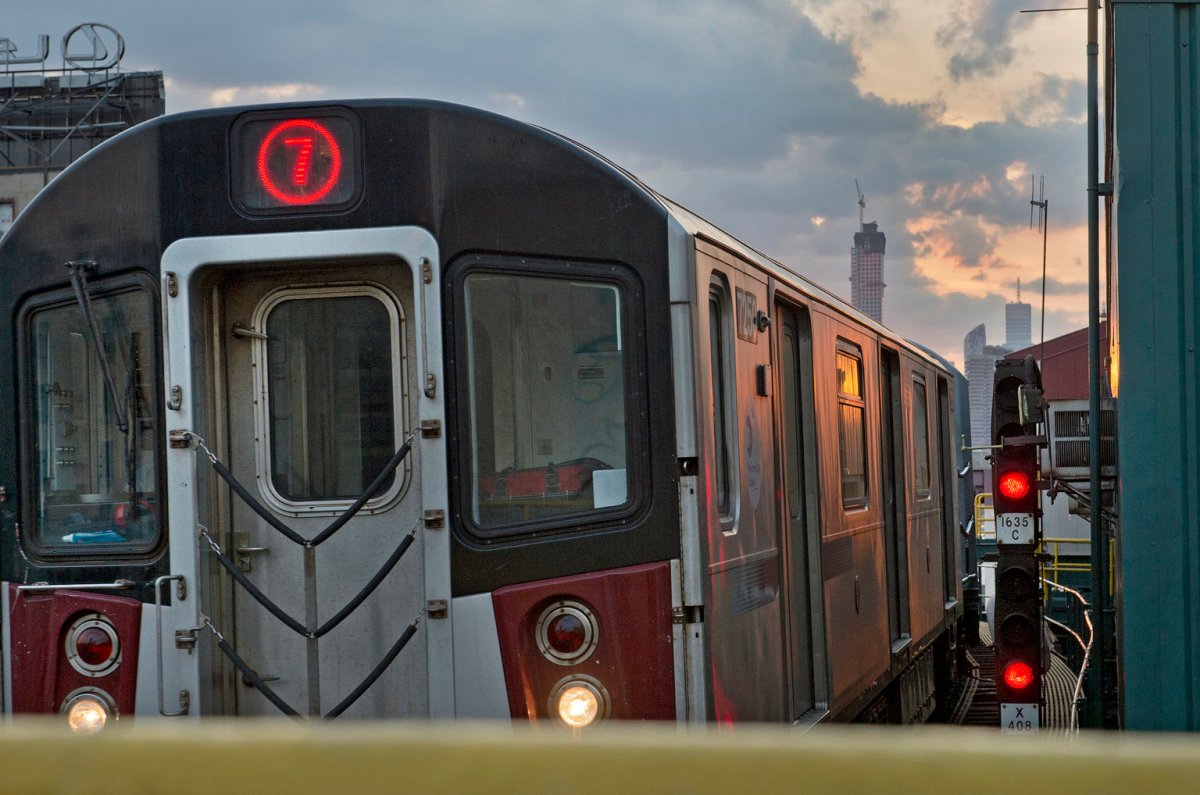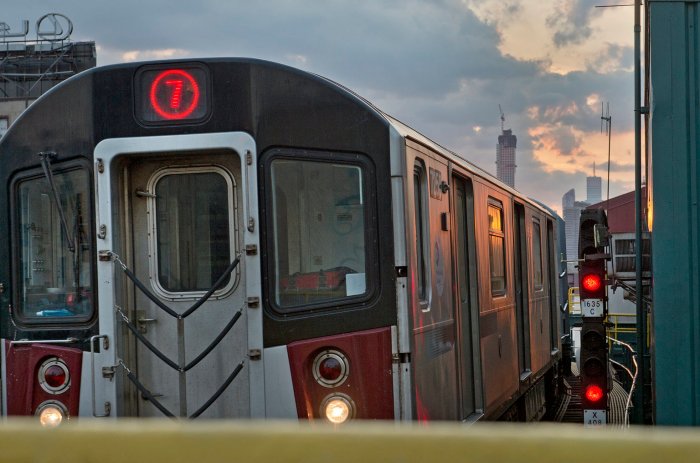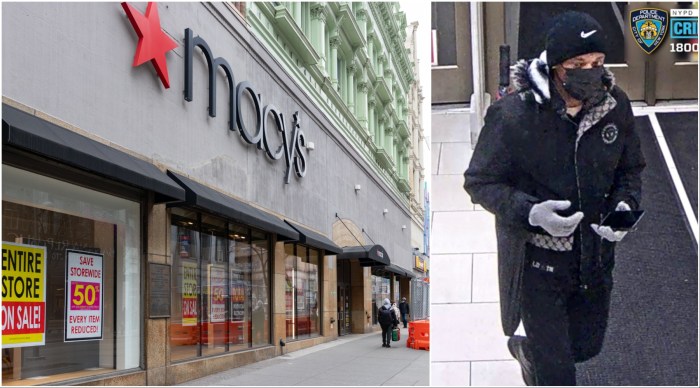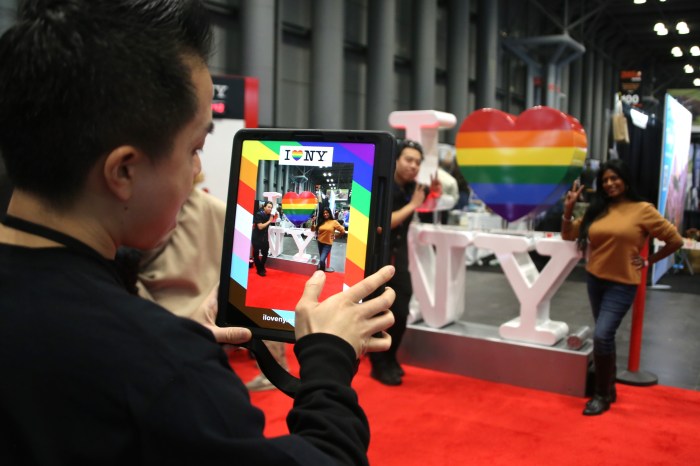As New York City’s deputy chancellor for early childhood education — and a lifelong New Yorker who attended our city’s public schools and sent my daughter to an early childhood center — I know firsthand the impact of affordable child care. I’ve also spent years on the frontlines, serving as a provider and operating 14 child care programs across the city. That is why I understand the incredible challenges faced by our providers, as well as the gravity of what’s at stake when we talk about the future of early childhood education.
Above all, I want to assure families and educators across this city that the Adams administration is making long-term decisions focused on uplifting and supporting our communities as we ensure early childhood education is sustained into the future.
Under Mayor Eric Adams’ leadership, we have done more to expand and improve early childhood education in New York City than ever before. Today, we are serving a record 150,000 children across our system. For this school year, for the first time in the history of the 3-K program, we made sure that every single family who applied by the deadline was offered a seat. That’s more families than ever before getting access to these essential programs, even despite unprecedented demand.
Consider this: the number of applicants for early childhood education this school year tripled compared to pre-pandemic numbers, jumping from 14,000 applicants in 2019 to over 43,000 this year. We’ve responded by increasing the number of offers made to families by an incredible 350 percent, from 9,500 offers in 2019 to over 43,000 this year. But we didn’t stop there — we also extended offers to more than 10,000 families who didn’t apply on time, bringing the total number of offers this year to 53,300.
In addition to expanding access, we’ve also made early childhood education more affordable for working-class families. We’ve reduced the weekly co-payment for subsidized child care for families earning $55,000 annually from $55 per week in 2022 to just $4.80 a week today — a more than tenfold reduction. This is an unprecedented commitment to reducing the burden on families.
We must also acknowledge that the 3-K system we inherited was built on temporary stimulus dollars, and there was a significant mismatch between the number of seats and the demand. To this day, we are paying for 30,000 empty seats, which is both a waste of taxpayer dollars and a symptom of an unsustainable system.
The Adams administration is dedicated to being good stewards of the city’s resources that simultaneously cares about the future of our children — two ideas that can co-exist. This means ensuring that the system we create is financially sound and able to adapt to the needs of families. We use data to guide decisions on where to invest in early childhood seats, ensuring that resources are reallocated to neighborhoods with the greatest need. That’s why we have a three-pronged approach when evaluating whether to discontinue programs: whether the site is meeting the 95 percent enrollment threshold for the current program year as well as the preceding two school years, the cost and term of the lease, and if there are nearby centers that can easily welcome the children in that community.
Recently, we informed providers at five sites with expired or expiring lease dates that they did not meet the above criteria, and that the rents landlords were charging were increasing to an average of $1 million a year; a cost we could simply not afford. Many of these programs were receiving operating funds for vacant seats, totaling approximately $6 million a year. The decision to close an early care and education program is never easy. We understand how difficult this process has been for the families impacted, and we deeply recognize how much these centers mean to their communities. We want all our families to know that we hear you, and we are committed to finding the best possible solution for your children and your neighborhoods.
Here’s what we promise: we are actively working on solutions to ensure that children in impacted schools can continue their education in the same neighborhood if they choose to and engage in thoughtful conversation with each provider to determine a solution that works best for all stakeholders. We’re hopeful that in the coming days, we’ll have a clear path forward that balances the needs of families, communities, and our city’s finances.
Above all else, the Adams administration is committed to making New York City the best place to raise a family. Every decision we make is guided by the understanding that the future of New York City depends on providing every child with the opportunity to succeed. Together, we will continue to build a system that strengthens our communities and ensures that the children of today have the support they need to thrive tomorrow.
Hawkins is the deputy chancellor for early childhood education at New York City Public Schools







